TA ≈ 25°C, A1 input common-mode voltage
(VCM) = midsupply, VREF = midsupply, RF
(connected between
VOUT+ and VFB) = 0 Ω, RG
= open, differential gain (G) = 2 V/V, RL (differential load) = 2 kΩ, and
RREF = 0 Ω (unless otherwise noted).
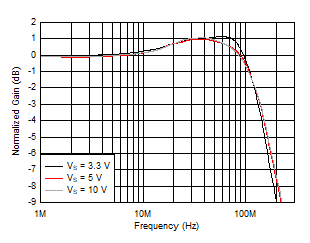
| VIN
= 10 mVPP, VREF = 0 V, measured at
VOUT+ |
Figure 6-35 A1
Small-Signal Frequency Response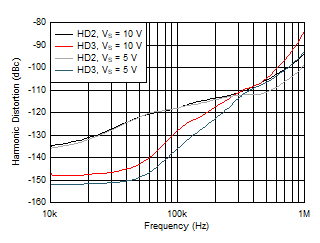
| VOD = 10 VPP for 10-V supply,
VOD = 5 VPP for 5-V
supply |
Figure 6-37 Harmonic Distortion vs Frequency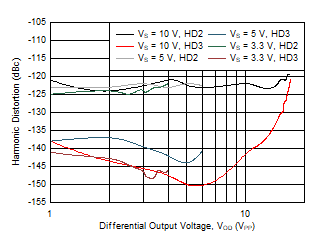 Figure 6-39 Harmonic Distortion vs Differential Output Voltage
Figure 6-39 Harmonic Distortion vs Differential Output Voltage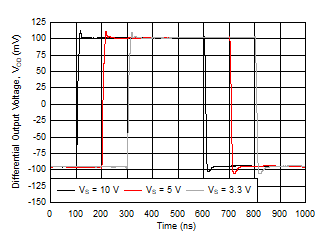 Figure 6-41 Small-Signal Step Response
Figure 6-41 Small-Signal Step Response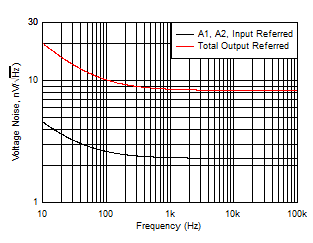
| 1/f corner (A1, A2) = 30 Hz, 1/f corner (output) = 49 Hz |
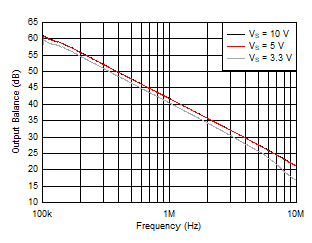 Figure 6-45 Output Balance vs Frequency
Figure 6-45 Output Balance vs Frequency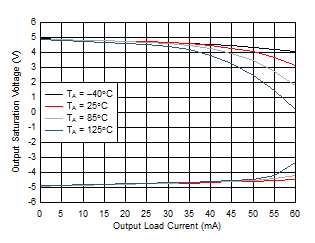
| VS = 10 V, single-ended output voltage and load current for A1 and A2 |
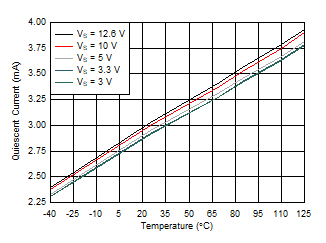 Figure 6-49 Quiescent Current vs Temperature
Figure 6-49 Quiescent Current vs Temperature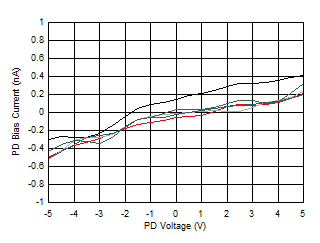 Figure 6-51 Power-Down Bias Current vs Power-Down Voltage
Figure 6-51 Power-Down Bias Current vs Power-Down Voltage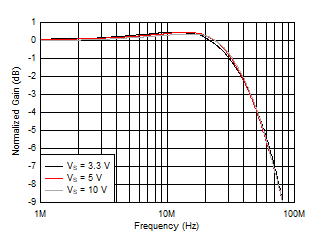
| VIN
= 0 V, VREF = 20 mVPP, measured at
VOUT– |
Figure 6-36 VREF Small-Signal Frequency Response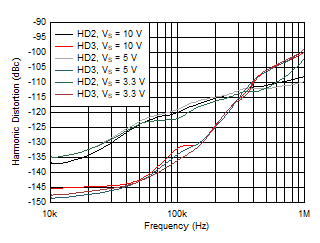 Figure 6-38 Harmonic Distortion vs Frequency
Figure 6-38 Harmonic Distortion vs Frequency
| Frequency = 50 kHz, G = –2 V/V |
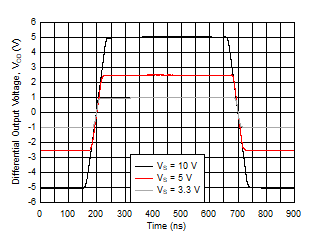 Figure 6-42 Large-Signal Step Response
Figure 6-42 Large-Signal Step Response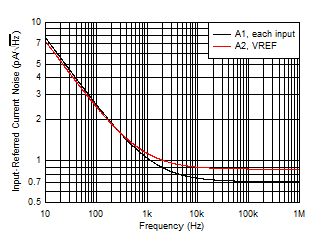
| 1/f corner (A1) = 1.2 kHz, 1/f corner (A2) = 700 Hz |
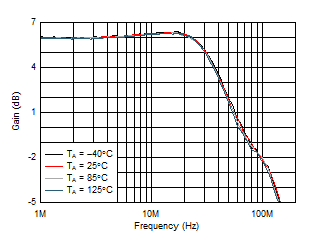 Figure 6-46 Small-Signal Frequency Response vs Temperature
Figure 6-46 Small-Signal Frequency Response vs Temperature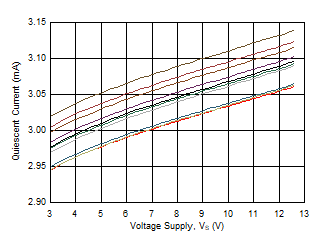 Figure 6-48 Quiescent Current vs Voltage Supply
Figure 6-48 Quiescent Current vs Voltage Supply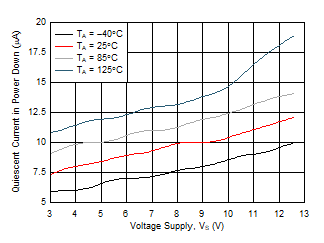 Figure 6-50 Power-Down Quiescent Current vs Voltage Supply
Figure 6-50 Power-Down Quiescent Current vs Voltage Supply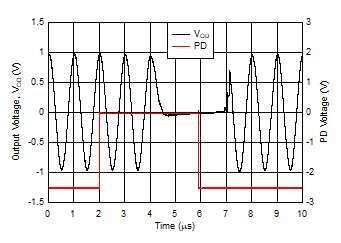 Figure 6-52 Turnon and Turnoff Timing
Figure 6-52 Turnon and Turnoff Timing
















